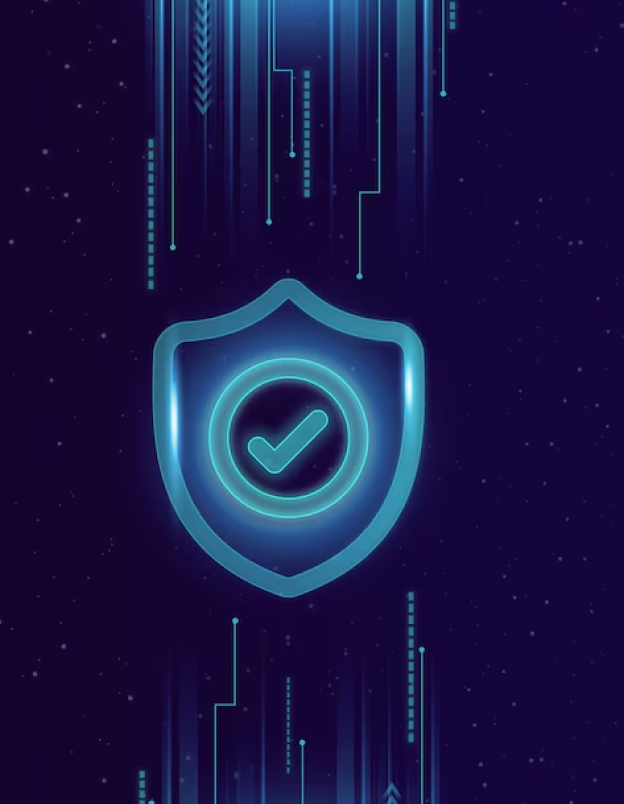
Why Low-Code/No-Code Apps Are a Security Concern
Low-code/no-code (LCNC) platforms are transforming development, but they introduce significant LCNC security risks. While they enable rapid app creation, these platforms can also expose sensitive data and systems to vulnerabilities. To protect your organization, addressing LCNC security risks is essential.
How LCNC Apps Create Security Challenges
Unlike traditional applications, LCNC apps are built using proprietary logic, making it difficult for standard security tools to identify vulnerabilities. Moreover, dynamic application security testing (DAST) tools are often incompatible with LCNC platforms, leaving apps unchecked during runtime.
Additionally, citizen developers lack training in secure coding practices. This lack of awareness results in vulnerabilities such as hard-coded passwords or unsecured data exchanges. The decentralized nature of LCNC development further complicates oversight, as many apps operate outside IT’s visibility.
The Rise of Shadow Engineering
Shadow engineering refers to apps developed without formal processes or security reviews. In LCNC environments, this is common. Security teams may not even know these apps exist, increasing the risk of data breaches and compliance violations.
Without peer reviews or testing, these apps may expose sensitive data or, worse, allow attackers access. Additionally, decentralized development increases risks, making vulnerabilities harder to detect.
How to Mitigate Low-Code/No-Code Security Risks
Balancing Innovation with Security
Low-code/no-code platforms are essential for speeding up digital transformation. However, they carry hidden vulnerabilities, similar to an Achilles’ heel. By adopting robust security measures and promoting collaboration between IT and citizen developers, organizations can reap the benefits of LCNC without sacrificing safety.
Addressing LCNC security risks now ensures a robust and secure foundation for the future. Don’t let innovation come at the cost of your enterprise’s security.
Get connected to our insights